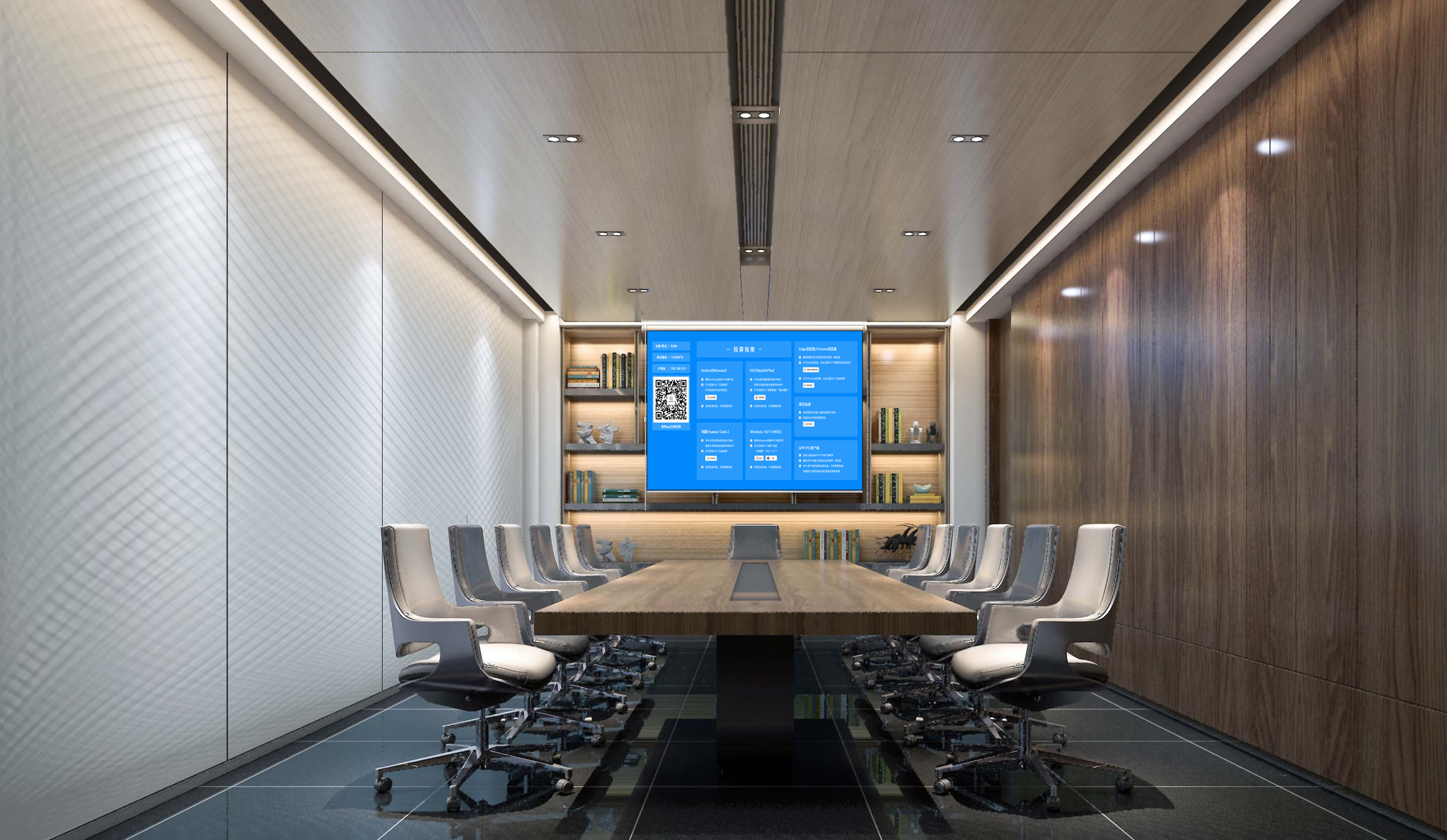When mirroring screens for meetings or building interactive classrooms, we always face a choice: continue using traditional wired connections or embrace modern
wireless screen mirroring? It is crucial to fully understand the pros and cons of both.
- Clear advantage: Supports one-click connection for mobile phones, tablets, and computers. It is especially suitable for scenarios with multiple people and devices taking turns to present, promoting multi-screen interaction.
- Disadvantage: Requires keeping various cables and adapters on hand. The connection process is cumbersome, and it limits the presenter’s movement range.
- Clear advantage: Physical connections offer nearly zero latency and no stuttering. It is the most reliable choice for playing high-bitrate videos or conducting precise demonstrations.
- Good performance: Affected by the network environment, slight latency may occur in complex network conditions. However, modern professional wireless mirroring devices are very stable on the 5G Hz band, which can meet the needs of most office and teaching scenarios.
- Wide compatibility: One system can serve all devices with built-in mirroring capabilities. It requires a one-time hardware investment.
- Low cost per cable, but a large number of adapters are needed for different interfaces, resulting in considerable overall management costs.
Scenarios that pursue efficiency and collaboration, such as daily meetings, teaching and training, and home entertainment.
Occasions with extreme stability requirements, such as large-scale product launches and critical product demonstrations.
For modern organizations, deploying wireless screen mirroring is the inevitable way to improve overall efficiency. At the same time, wired interfaces can be kept as a backup for critical tasks.

